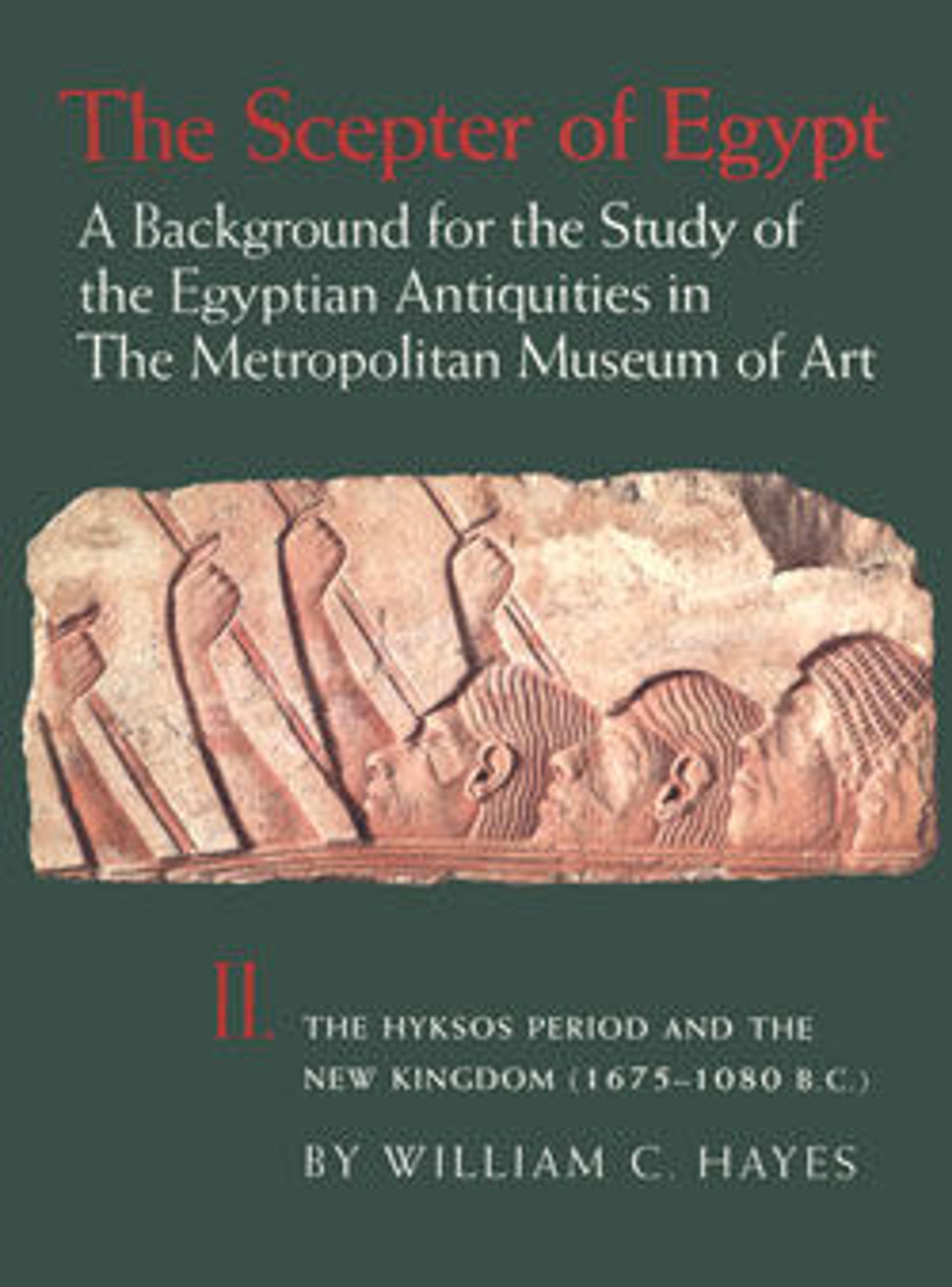Model Stone Rocker from a Foundation Deposit for Hatshepsut's Temple
When a pharaoh decided to build a temple, a foundation ceremony was performed during which the outlines of the building were marked by cords stretched over wooden pegs. At certain places along the circumference or the axis of the future building holes were dug in the ground into which the king placed votive objects.
Many of the objects placed in foundation deposits were tools used for construction of the building or of the shrines and statues to be housed within it. Some tools, such as this brick cradle, were models; others were full-size, usable tools (see 96.4.7).
Many of the objects placed in foundation deposits were tools used for construction of the building or of the shrines and statues to be housed within it. Some tools, such as this brick cradle, were models; others were full-size, usable tools (see 96.4.7).
Artwork Details
- Title: Model Stone Rocker from a Foundation Deposit for Hatshepsut's Temple
- Period: New Kingdom
- Dynasty: Dynasty 18
- Reign: Joint reign of Hatshepsut and Thutmose III
- Date: ca. 1479–1458 B.C.
- Geography: From Egypt, Upper Egypt, Thebes, Deir el-Bahri, Temple of Hatshepsut, Foundation Deposit 1 (A), Egypt Exploration Fund excavations, 1894–95
- Medium: Wood, ink
- Dimensions: L. 23.6 cm (9 5/16 in); w. 10.5 cm (4 1/8 in); h. 5.1 cm (2 in)
- Credit Line: Gift of Egypt Exploration Fund, 1896
- Object Number: 96.4.9
- Curatorial Department: Egyptian Art
More Artwork
Research Resources
The Met provides unparalleled resources for research and welcomes an international community of students and scholars. The Met's Open Access API is where creators and researchers can connect to the The Met collection. Open Access data and public domain images are available for unrestricted commercial and noncommercial use without permission or fee.
To request images under copyright and other restrictions, please use this Image Request form.
Feedback
We continue to research and examine historical and cultural context for objects in The Met collection. If you have comments or questions about this object record, please complete and submit this form. The Museum looks forward to receiving your comments.
